 The first CTWW of 2015.
The first CTWW of 2015.
Small will be back in a couple of weeks.
Most of the people who read this blog are already ‘green’. As I said in a comment last week, I sometimes feel as though I am preaching to the converted, but I look at it positively, if I can reach just one more person…
This week’s challenge is something small.
Look at everything you have changed, or aspects of life that are now different; how can you can waste less of just one thing.
or
If you have already made a small change this year, tell us about it.
Over the past year, I have changed my life, in particular, my diet. I am not dieting, heaven forbid, dieting is a myth, counting calories is counterproductive; and I have read this week that ‘flushing toxins’ out of your body is a fallacy.
So what did I do?
I have changed some of the liquids that I used to drink. Previously, I wasn’t beyond drinking Coca Cola and boxed fruit juice and my milk intake was a lot, often more than a litre per day.
 For the past year, I have all but stopped drinking all soda; I still have a little coke if I make a Cuba Libre, but I have had only one since I gave up soda.
For the past year, I have all but stopped drinking all soda; I still have a little coke if I make a Cuba Libre, but I have had only one since I gave up soda.
Fruit juice in a box, don’t even think about it. I buy or grow fresh fruit and make my own juice without sugar,
I still drink beer. In fact my beer consumption has risen since the silly season; mainly because I have had less students and more free time. After carnival the students will return and I will have less free time.
My milk consumption is down drastically. So much that the last two litre boxes of milk went sour in the fridge before I could use them all; because I now only have milk in my coffee, and maybe one cold chocolate drink a week in the evening, whereas before it was a nightly ritual.
So, what did I do with the last box? Because I was sure that it would be sour in the morning and end up going down the kitchen sink too.
Before the milk went sour, I filled an ice cube tray with the last and put it in the freezer.
This morning I made my coffee as normal and put two milk cubes in it.
Okay, that’s a small change, but it reduces waste and saves about half a litre of milk. I have enough frozen milk for coffee for the next three days.
So, what do I drink instead of Coca Cola? Sparkling mineral water! It’s also cheaper than Coke. So the saving is twofold, health and finnancial.
The end result was a weight loss without dieting and I counted not a single calorie. I just made changes.
How much weight have I lost… about 20kgs (44lbs).
I can walk easier, I have less reliance on my walking stick, I can’t yet run up the stairs at work, but I can walk up in a semi-normal fashion instead of taking them one at a time which was laborious.
So small changes can make a big difference.
What have you done, or what can you do this year?





 Here we go again!
Here we go again!











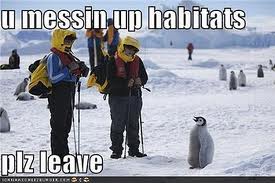








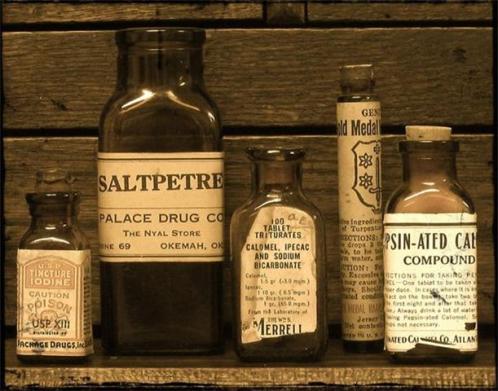

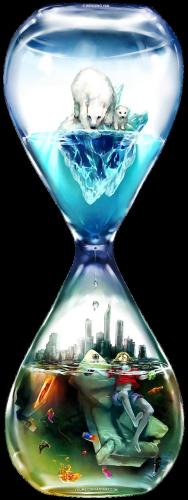
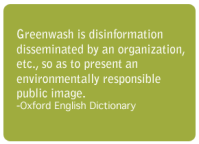


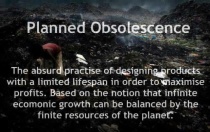


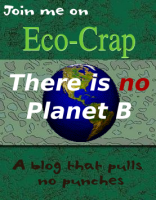


Recent Comments